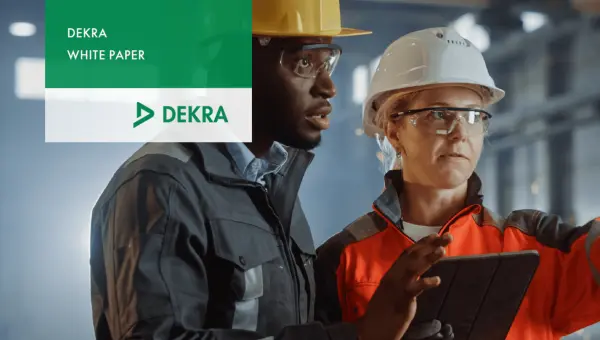The Truth and Challenges of Cultivating Chronic Unease

DEKRA announces its latest white paper, “The Truth and Challenges of Cultivating Chronic Unease,” as a definitive look into why being vulnerable to incidents strengthens our commitment to workplace safety.
What is Chronic Unease?
DEKRA leaders explain that chronic unease is about accepting that we are vulnerable to an incident, injury and catastrophe if work teams and their leaders miss important changes to, and related increases in, exposure. This includes noticing weak signals that act as symptoms of a brewing problem that, to keep people safe, requires special attention.
Chronic unease is also about being vigilant in cultivating and maintaining a group mindset that examines “How Can It Happen Here?” “What are We Doing to Prevent it From Happening?” and finally, “How Effective Are Our Efforts?”
When an organization incorporates chronic unease effectively, leaders create an environment where everyone develops a heightened sense of Anticipation. This means that “weak signals” no longer go unnoticed, but instead are understood as an indication that something needs attention. It also refers to an open channel of communication. Individuals are no longer afraid to speak up, even if their concerns may turn out to be unfounded.
In this paper, we show how organizations – and individuals – can foster chronic unease in their ongoing effort to build a culture of safety.
You will learn:
- The critical role anticipation plays in ensuring safe operations.
- How anticipation skills improve a leader’s ability to identify potential risk.
- Tips for leaders on how to improve sense of chronic unease within their work.
- The ways in which chronic unease bolsters a culture of safety.
- Why humans, when unchecked, are prone to great risks.
- Why safety teams need to transition their understanding of chronic unease as a concept to making it a component of their daily routine.
- Specific ways they can be vigilant as a team and as an organization.